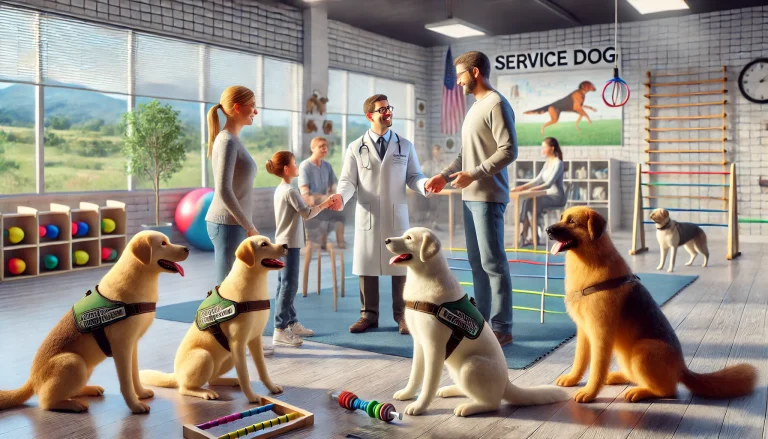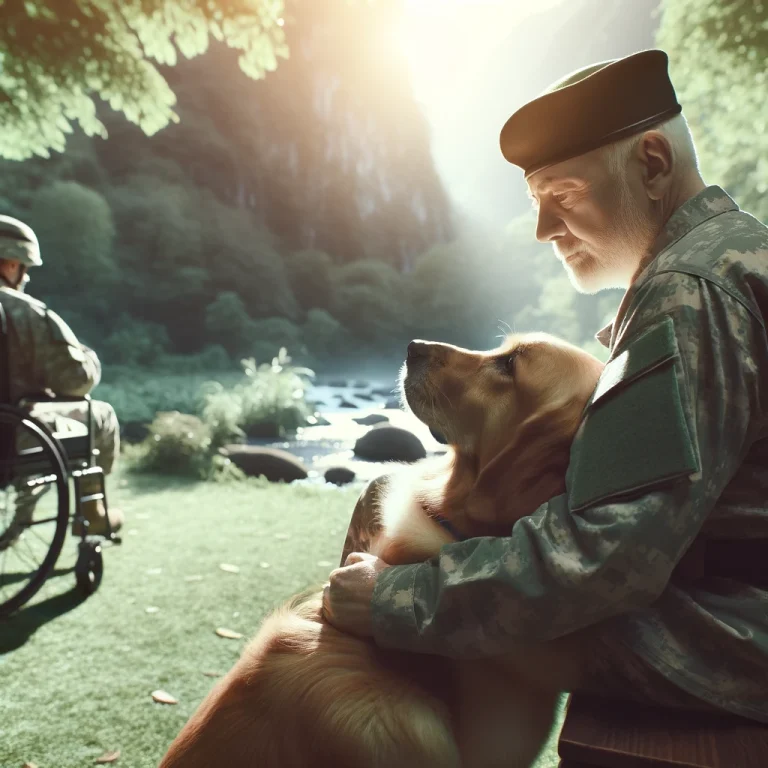Introduction: The Emotional Bond
Understanding your service dog’s emotions goes beyond mere commands; it’s about deepening the bond you share. Recognizing and responding to their feelings can significantly enhance your relationship and their effectiveness as a service animal.
Recognizing Emotional Cues
Service dogs communicate their emotions in various ways. It’s essential to pay attention to their body language, like tail wagging, ear positions, and eye contact. These cues can give insights into their feelings, helping you to understand when they’re happy, stressed, or anxious.
The Importance of Empathy
Empathy plays a crucial role in this understanding. By putting yourself in your dog’s paws, so to speak, you develop a deeper connection. This empathy allows you to provide better care and support, strengthening the bond between you.
Stress Signs and Management
Just like humans, service dogs can experience stress. Signs may include excessive panting, drooling, or avoidance behaviors. Identifying these signs early is key. Once recognized, you can create a calmer environment or provide comforting gestures to help them relax.
Happiness and Contentment
A happy service dog is an effective one. Signs of happiness might include a relaxed posture and playful behavior. Encouraging these positive emotions can boost their well-being and their ability to perform tasks.
Building a Deeper Connection
Regularly spending quality time together, like playing or simply relaxing, can help build a deeper emotional connection. This bonding time is crucial for both your well-being and that of your service dog.
Conclusion: A Two-Way Emotional Street
In conclusion, understanding your service dog’s emotions is a two-way street that benefits both of you. By tuning into their emotional needs and responding with empathy, you create a stronger, more effective partnership. This emotional connection goes far beyond commands, forming the foundation of a truly symbiotic relationship.
For assistance with self-training a Service Dog, Click Here






